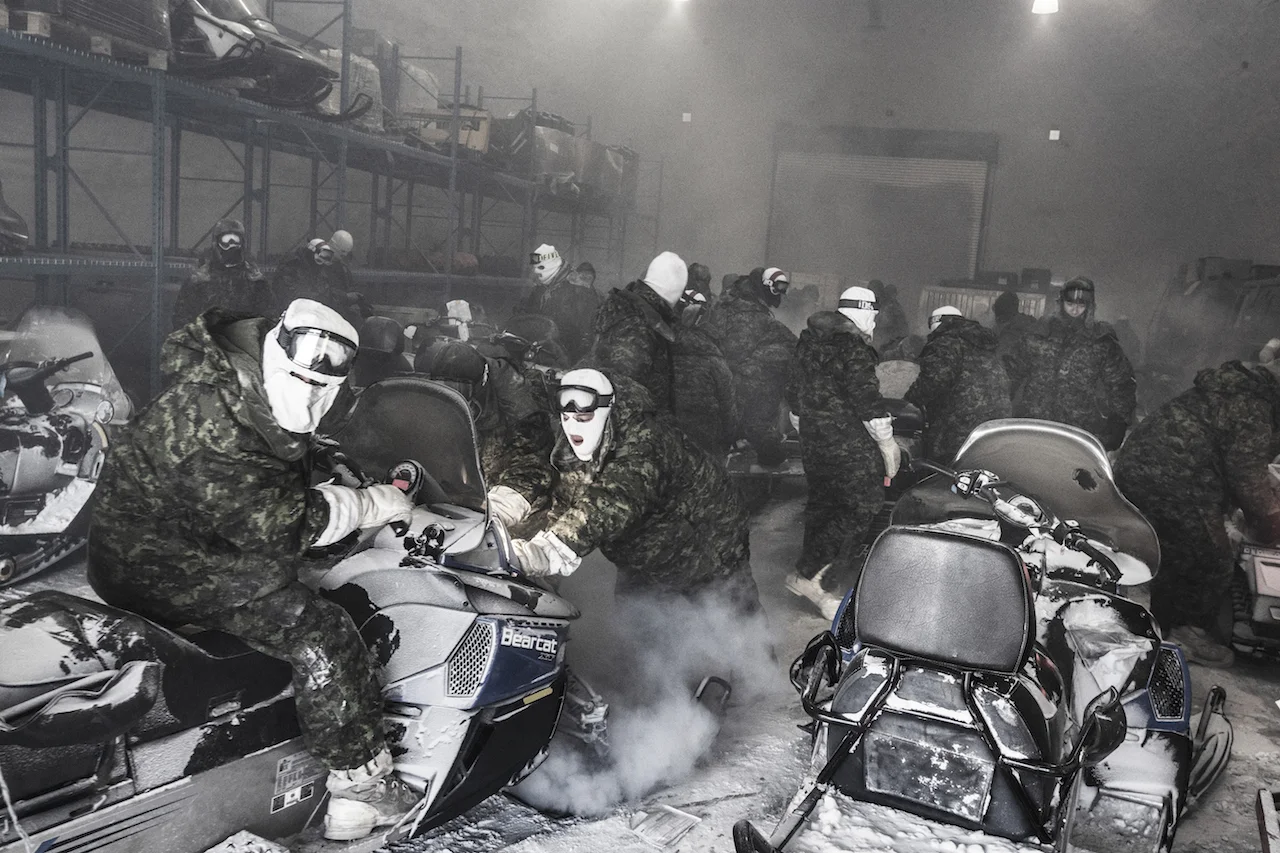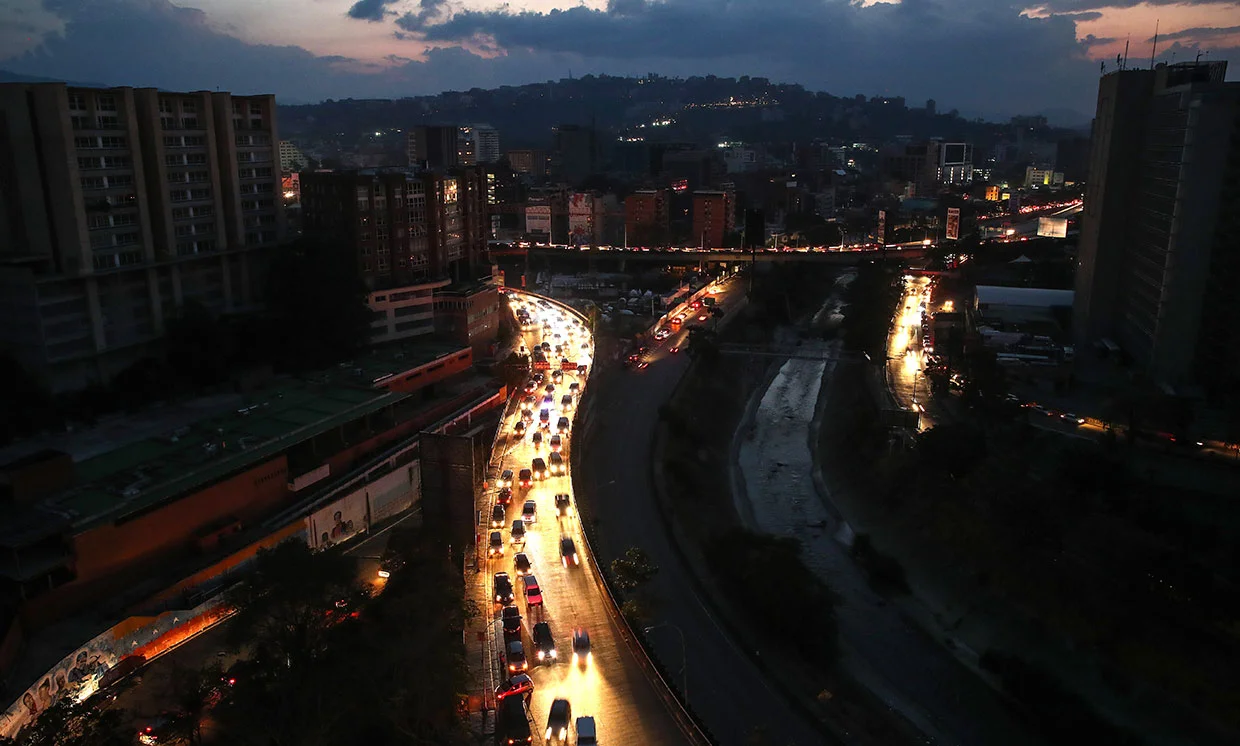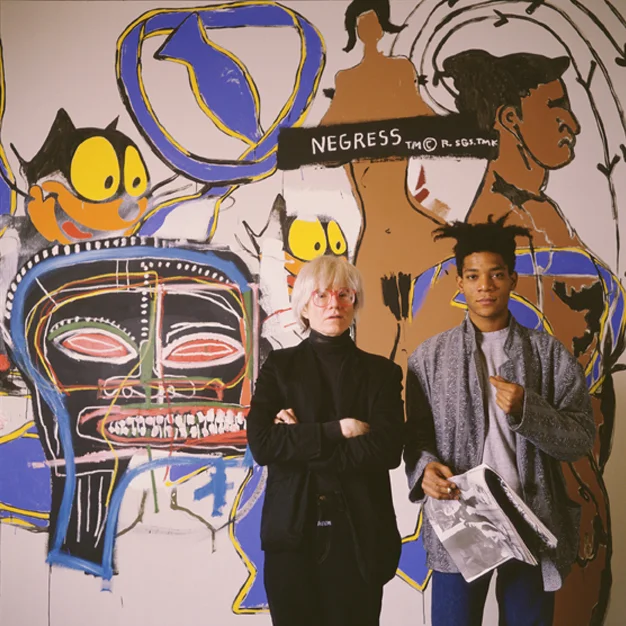This N' That: Keep In The Know With Photography News
©Pixy Liao, from the series For Your Eyes Only. Courtesy of the British Journal of Photography.
By Ashley Yu
Finally, an Award Celebrating Female Photographers
Since just one in nine award-winners in the photography industry are women, the British Journal of Photography has opened “Female in Focus” to level the inequalities that still plague the art world. Female photographers are disproportionately under-represented, comprising of only 15 percent of professional photographers. “Female in Focus” seeks to highlight the exceptional quality and diverse range of art created by women, including both cisgender and non-binary artists.
The inaugural group exhibition will be held from October to November 2019. 20 winning images under the category of Single Image and two winning series from the Stories Category will be exhibited at United Photo Industries with international press coverage.
Read more about the award here.
Eric N. Mack’s Halter (2019) before it was destroyed. Courtesy of Desert X and ArtNet.
Did an ‘Act of Hate’ Occur at Desert X?
The exact details of the incident remain obscure. We only know that artist Eric Mack’s piece Halter, featuring Italian fabric donated by Missoni, which was draped elegantly over a derelict gas station, was burned down last Monday.
Desert X is an enormous art biennial that sprawls across the Coachella Valley, covering over 55 miles. Directed by Neville Wakefield and curated by Matthew Schum and Amanda Hunt, the overarching theme of this year’s exhibition revolves around the climate change crisis. Yet, Desert X is not unfamiliar with the acts of such vandals. In 2017, Richard Prince’s Third Place was reportedly stolen and destroyed.
On March 12, Mack issued a statement on his Instagram, claiming that “while the violence and hate enacted on this installation is astounding, [he] will not allow for this disregard to become a gesture that obstructs, nor defines this work of art.” Though Neville Wakefield has discouraged speculation over the incident, Desert X will not increase security measures, nor re-install Mack’s work.
Explore the beautiful biennial here.
Taken by William P. Gottlieb. Courtesy of Wikipedia.
Five Historic Statues of Women in the Five Boroughs of NYC
In light of Women’s History Month, Mayor Bill De Blasio will counter the dismal statistic of 3 percent of public statues that feature female historical figures. The statue of jazz singer Billie Holiday will be placed near Queens Borough Hall, close to her home; public health pioneer Dr. Helen Rodríguez Trías will be near the Lincoln Hospital in the Bronx; Civil Rights leader Elizabeth Graham will be in Grand Central Terminal, commemorating her fight against segregation in public transport; and lighthouse keeper of the New York Harbour Katharine Walker will be placed in the Staten Island ferry station.
This initiative began in 2018, thanks to SheBuiltNYC, in order to inspire women across the city to advance their careers and aid women in their success. However, it has also been reported that the recommendations from SheBuiltNYC’s advisory committee were continuously ignored by De Blasio’s administration. This implied that the initiative was only created for vainglorious and nominal support for women to boost the mayor’s public appeal, instead of genuinely highlighting the historical contributions that women have made.
Harriest F. Senie, a current member of the SheBuiltNYC initiative and a former member of the Mayor’s Advisory Commission on City Art, Monuments and Markers, told Hyperallergic that she has “no idea how they chose these women or the locations where they will be placed,” and that “they are not obvious choices.” Though SheBuiltNYC was majorly sidelined, De Blasio aims for the completion of this project by 2020 with $10M funding.
Resolute Bay, Canada, March 2018. ©Kadir von Lohuizen—NOOR for foundation Carmignac. Starting up snow scooters at extreme temperatures is a great challenge, as the fuel pumps often freeze. Courtesy of ArtNet.
There is No Frankenstein in the Arctic, but There is a Military
In the summer of 2018, documentary photographers Kadir von Lohuizen and Yuri Kozyrec traversed the icy terrains of the Arctic only to find rapidly militarizing land, displaced indigenous communities, and a landscape drained from life as the climate change crisis continues.
“If predictions are right,” says von Lohuizen in an interview with artnet, “there won’t be an Arctic at all during the summer in 11 years time.” As the ice caps disappear into the ether, oil and gas reserves emerge from the frost, and major powers, such as Russia, Canada, and China, continue to scramble to get their grubby hands on such highly profitable resources as the only beneficiaries of a decaying climate.
The project, “Arctic: New Frontier”, also underscores some of the little-known consequences of climate change, including the mass displacements of indigenous populations and the increasingly intensified presence of the military. For the first time in recorded history, the sole remaining Nomadic tribe of the Nenets were blocked from travel due to the melting permafrost. Meanwhile, the indigenous village of Kivalina, situated in Northern Alaska, is predicted to be submerged in 2025. Meanwhile, the disappearance of ice transforms the Arctic into a massive homing beacon for countries and major corporations aiming to construct fossil fuel reserves and potential land development. The land is rapidly militarizing and chances of conflict are skyrocketing.
Funded by the Carmignac foundation after the duo won its annual photojournalism award, they plan to continue documenting the “tricky, dangerous, and volatile” future for the Arctic and its effects on human life.
Learn more about “Arctic: New Frontier” here
Caracas, Venezuela in the dark, on March 9th, 2019. ©Valery Sharifulin/TASS/Getty Images. Courtesy of IEEE Spectrum.
The Nightmare of the Venezuelan Art Community
The political upheaval occurring in Venezuela reached its zenith last week in a national blackout. People are starving, drinking water has turned black from contamination, hospital patients are stranded, and millions are left floating in darkness. As the power struggle between Russian-backed President Maduro and the US-backed challenger Juan Guaidó intensifies, Venezuelan artists continue to strike back at the state with daily anti-Maduro demonstrations while also creating shields for protestors and attempting to feed the hungry.
As the regime continues, its tactics of “forced disappearances”, torture, censorship, and sudden suspension of citizenship rights remain on a steady incline. Artists not only face the risks of becoming victims of state violence, but also struggle to survive as artists beyond the country borders. With multiple travel bans in effect, many artists fail to find exhibition spaces, especially when their artwork continues to be mysteriously confiscated or destroyed during shipping.
Though Caracas was the cultural capital of South America until the 1990s, Chávez and Maduro have near-eliminated state funding for the arts; contemporary artists have been labeled as enemies of the state with their alleged capitalist affiliations. On the rare occasion that national museums are open, only propaganda art is displayed--and with more reverence than a Picasso painting. Many artists and galleries manage to survive only with private patronage.
Though the current state of Venezuela remains bleak, some are hopeful for the future. Antonio Gustavo Ascaso, the sales director at Ascaso Gallery with locations in Miami and Caracas, believes that though the last 20 years were “the worst time in the country’s history,” the people “have hope that Maduro will soon be out of office” and when they can revive both the country and its art community.












